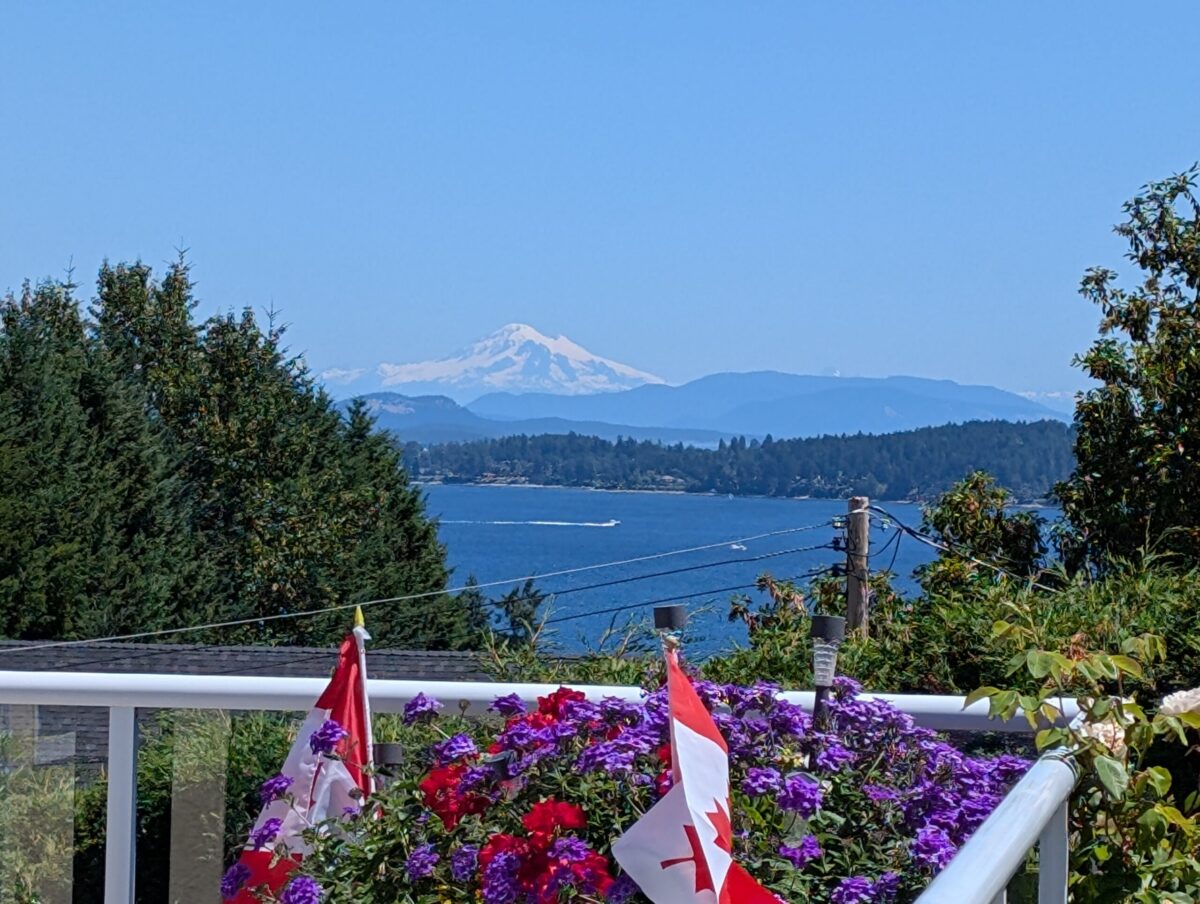If any of you have an idea for a title to this new story I am developing, let me know in the comments.
Part 1 and 2 were past posts.

The Ala Wai harbour and marina were huge. Hundreds of yachts, of various sizes and shapes: Sloops, Cutters, Ketches and Yawls. Double Enders, where the bow and stern have the same pointed aspect, Tahiti Ketches, Catamarans, and Trimarans. They were all here. No power boats. They were all berthed separately across the main channel near the Ala Moana Park. I guess they wanted to keep the stink-potters separated from the true believers.
I left G dock, walked a way over through a parking lot that abutted a park area, then a small landlocked lagoon. Not really a lagoon as it was landlocked but it was known as the Ilikai Lagoon, part and parcel of the Ilikai hotel – a local landmark as it turned out and I do recall its centrally located exterior elevator that took one from the hotel’s lobby to the top of the “I”, all the while allowing one to see the calming beauty and blue turquoise pastels of the Pacific Ocean, the Ala Wai Harbour, the Ala Moana Yacht club and the like. This exterior run was also made famous by the Jack Lord version of Hawaii “book-em-Danel” 5 Oh. The Ilikai was just many of a long line of Waikiki luxurious beachfront hotels that stretched from the Ala Moana Yacht club, skirting their way as fringes of the beach only stopping its progression by the iconic Diamond Head volcanic caldera. Luckily, not active but extinct, the sides of which was covered from its base about a third of its elevation in tropical green hues of a lush carpet like vegetation blanket, like moss, then abruptly transitions to that easily recognizable dark brown blackish coloured and bare volcanic rock that permeate the many volcanic islands of the South Pacific. The rock sides were not smooth but interspersed it seemed with symmetrical lines or cracks, seams and what appeared to be vertically oriented valleys that were all too apparent on many of the mountain ranges and rock formations on these volcanic Hawaiian Islands and those other mountainous gems of the South Pacific. It appeared as if those seams were hardened rivers and streams of lava slides or floes of long ago. On its crown you could just make out the diamond like cluster of rock cuts at the leading edge of this ancient rock.
Waikiki Beach is not the beach one would expect. Yes it beckons one to the lush, tropical and welcoming warmth of the island of Oahu but its texture is rough; its colour a dull greyish taupe and its lustre anything but that expected in the tropics. This very narrow strip of sand was not blindingly white or soft or smooth to the touch but a rough textured morass like field. Shipped in I was told. From Norway? No way. Australia? No way. Manhattan Beach California? Yes way. And on further inspection, as I didn’t want to explore too much or wander too far from Krofune, I noticed that the line of hotels didn’t quite make their way all the way to Diamond Head but were buttressed by a beautiful beach park where many of the locals, mainly older men, played chess or checkers under the watchful eye of a statue of Duke Pana Kahanamoku, Mr Aloha, who had just recently passed, himself a great surfer, Olympic gold medal swimmer, and well respected international Ambassador of these Hawaiian Islands. All of this would have to wait for another time as I was anxious to get settled in Krofune. Besides the hot and high afternoon sun was beginning to make its mark on my as yet acclimatized skin.
Another great tune from the Allman Brother’s Band. Dickie Betts on lead guitar. He saved this band after Duane died way too early.
SJ…Out

